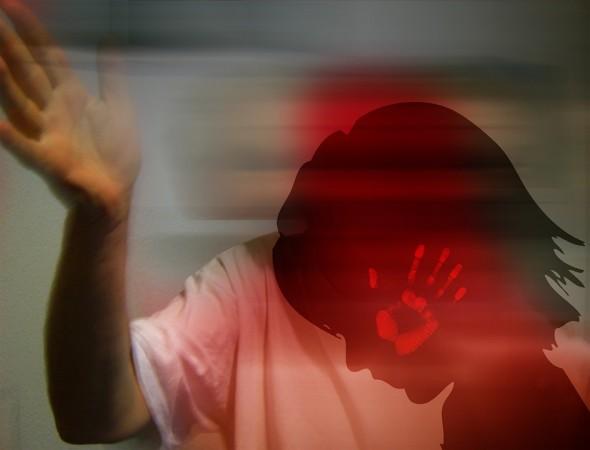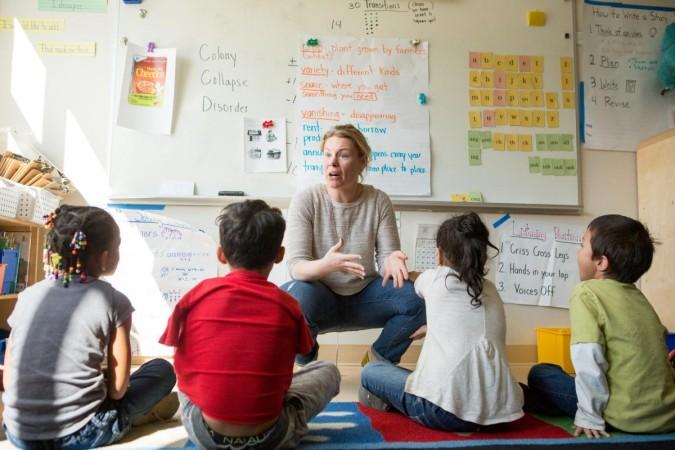The COVID-19 pandemic has been a difficult experience not just as a public health crisis but also as an emotional and mental one across the world. Loss of jobs, shutting down of businesses, loss or fall of incomes, and social isolation, among others, has given rise to emotional and psychological strain among families. Now, researchers have stated that these factors may have resulted in an increase in physical abuse injuries of school-aged children.
According to a new study presented at the 2021 American Academy of Pediatrics National Conference & Exhibition, stay-at-home orders (SHO) and pandemic stress led to an increase in non-accidental child injuries, the outcome of child abuse. The authors compared trauma data from the SHO period (from March-September 2020) from nine pediatric trauma centers to historical data between March-September 2016-2019.
"Economic and emotional stress, in addition to the absence of other adults in the child's life that would typically recognize and report abuse, may have contributed to increased rates of child abuse during the COVID-19 pandemic. While school-aged children were sheltered at home, teachers, health care workers, coaches, and other adults outside the family were not there to notice signs of physical abuse," said Dr. Amelia Collings, study author, in a statement.
An Increase In Child Abuse

The researchers theorized that the rate of non-accidental trauma (NAT) would rise during the duration of SHO. This would be likely as children had no access to mandatory reporters, such as primary care physicians and schoolteachers. For the multi-center, retrospective study, the team analyzed data on 39,331 pediatric trauma patients (between ages of 5-18 years of age) from 9 Level I pediatric trauma centers. Of these, 2,064 met the criteria for NAT.
The injured pediatric patients, also known as the COVID cohort, were those included from the period of implementation of SHO in March-September 2020. These patients were compared to 'historical' controls from an average period of March-September 2016-2019.
Among children aged five years are above, the number of child abuse victims rose by around three times to 103 patients (30.8 percent) during the study period. This was in comparison to the average of 36 patients (13.5 percent) during a similar time period before the pandemic.
Absence of Access to 'Safeguards'

Among school-aged children, the increase in injuries arising from potential abuse may serve as a reflection of the absence of regular or normal safeguards provided by systems and individuals who have direct access to children at school. These include the educational system, teachers, and social workers. This lack of interaction potentially left such a vulnerable population at risk.
"The findings of our study may reflect the difference in how schools and daycares are viewed. In many areas, daycares were considered essential businesses and remained open during the shutdown. It is possible this is why we didn't see a large change in suspected abuse rates in the younger age group. However, with older children out of school and many parents financially vulnerable during this time, family dynamics may have escalated to oftentimes untenable situations," expressed Dr. Collings.

















